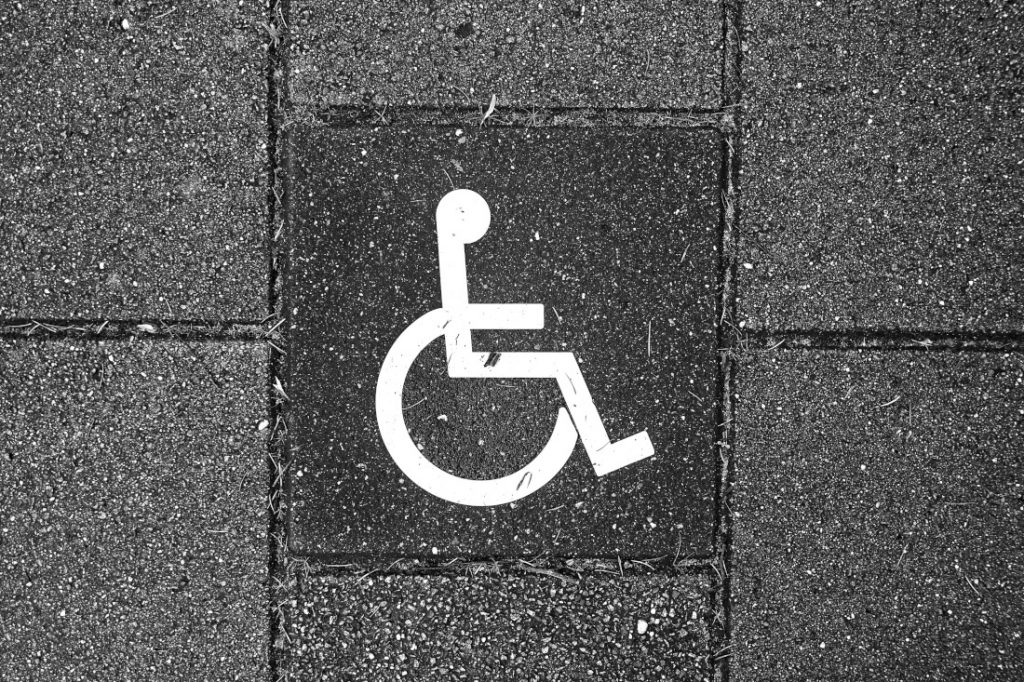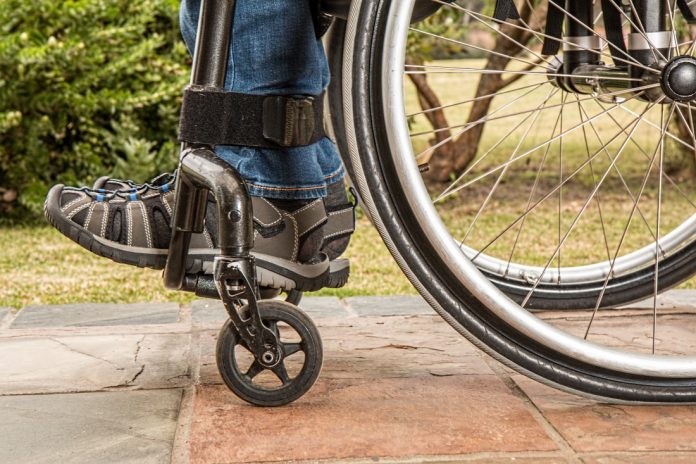Financial Health for Communities Depends Greatly on Fair Housing, ADA Compliance

If you are a land-lease community owner or part of the management team, you would have to have been hibernating to not know that Fair Housing Act and ADA compliance issues have rapidly become serious when it comes to the financial health of your operation.
The question is: “What are you doing about it?” Based on what we are seeing, many are doing very little. And often what is being done is dangerous because of the lack of a professional and formal approach.
Many times this is because ownership really doesn’t know what needs to be done.
Formalize The Approach to Fair Housing, ADA Compliance
The first step in the process of assuring compliance with the acts is for senior management to create formal written policies for the organization. Once the policies are committed to paper, the board of directors or partners or owner must review and concur with the action documented. The policies must contain the beliefs and attitudes of the entity in regard to complying with Fair Housing and ADA requirements.
The second step is to create formal written procedures. This assures policies are actually going to be accomplished. Typically, this is a very long and specific document laying out step-by-step procedures and specifying who will be responsible for actually doing the work.
This should result in a formal, written policy and procedure manual. This manual should be a “living and breathing document” that is referred to constantly by both management and the personnel responsible for assuring compliance with local, state and federal laws. Each employee should have access to their own copy and should be referring to it whenever they are uncertain how to proceed.
How To Comply Working with Multiple Community Locations
For manufactured home community operations with multiple locations, be aware these often manuals need to be different from by location. State and local ordinances create different requirements.
So, certain decisions will need to be made by top management prior to some sections of the manual being finished. This is especially true in regard to emerging issues of “disparate impact”. Decisions needs to be made in two areas: criminal background checks and utilizing credit checks.
Balancing Criminal History and Other Checks
Regarding the use of criminal background checks as part of deciding who qualifies for admittance, a community has two choices. They may decide to forgo running such checks. This means they admit people regardless of criminal history. Or they continue to run checks and use the information in their decision-making process. If they continue, recent court rulings make it necessary to obtain data from authoritative sources used to make decisions in the spirit of the court decisions.
It is no longer acceptable to turn down everyone with any criminal history. Rather any turndown must be based on a “reasonable expectation” that the person being turned down will represent a highly likely threat to other residents or staff, or their property or the property owned by the community.
That means that a decision must be made to either forgo criminal background checks altogether or to invest in an authoritative and reputable source of information. Obviously, this is a major decision and it needs to be made prior to the creation of the Fair Housing/ADA manual.
A similar decision must be reached regarding the use of credit information as part of the resident screening process. Either the community foregoes using it, or a very formal written standard is created. This is going to require reputable guidance and reference information to create.

Training for Procedural History on Fair Housing, ADA Compliance
The third step in the process is to institute a formal employee training program to assure that employees charged with compliance procedures understand what is expected. And how they are to accomplish the tasks. Like all fair housing and ADA compliance training, employees taking the training need to be administered written tests so that the trainer, and senior management, know where individual attention is needed. Also, this helps document the seriousness of the organization when it comes to fair housing and ADA compliance — laws, rules, regulations and letters of instruction.
Particular attention should be paid to teaching the importance of employee attitudes when fulfilling their responsibilities in front of prospective or current residents. Lawsuits have been created by employees saying the wrong thing. Or even using a questionable tone of voice, than almost any other issue. This is especially true when dealing with ADA requests for reasonable accommodations.
All community personnel need this training. I am aware of at least one expensive lawsuit that started with a resident employed part-time to mow grass making an unfortunate comment that was overheard by another resident — a comment that cost the community considerable money before the situation was resolved.
Select the Chief Compliance Officer, Set Formal Audits
 The fourth step is the selection, appointment and training of a chief compliance officer. This person must be formally recognized by upper management in writing and given the necessary power to assure the success of the community’s compliance efforts. Larger organizations might have a chief compliance officer in the home office, and may also need compliance officers reporting to them in each community. If your organization already has a fair housing and ADA compliance team for other compliance issues, it might only take some additional training to fulfill this step.
The fourth step is the selection, appointment and training of a chief compliance officer. This person must be formally recognized by upper management in writing and given the necessary power to assure the success of the community’s compliance efforts. Larger organizations might have a chief compliance officer in the home office, and may also need compliance officers reporting to them in each community. If your organization already has a fair housing and ADA compliance team for other compliance issues, it might only take some additional training to fulfill this step.
The fifth and final step is to set up a plan for at least annual formal audits of the system, to make sure it is doing the job it was intended to do. If mistakes or errors are found, then written directions for correction need to be included in the audit report, and a follow-up audit of those corrections will be necessary.










